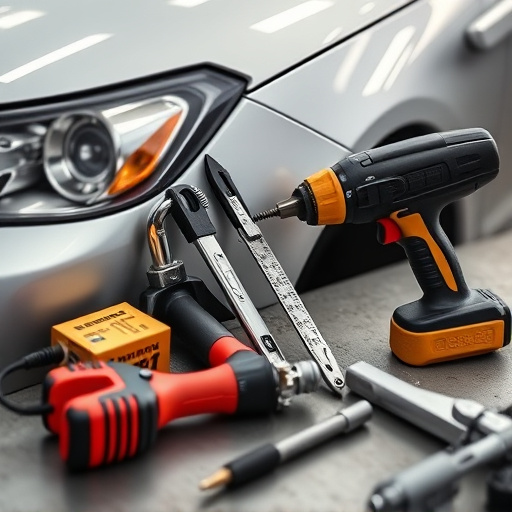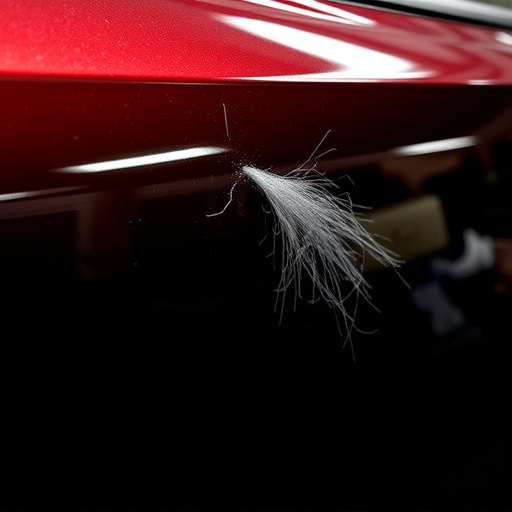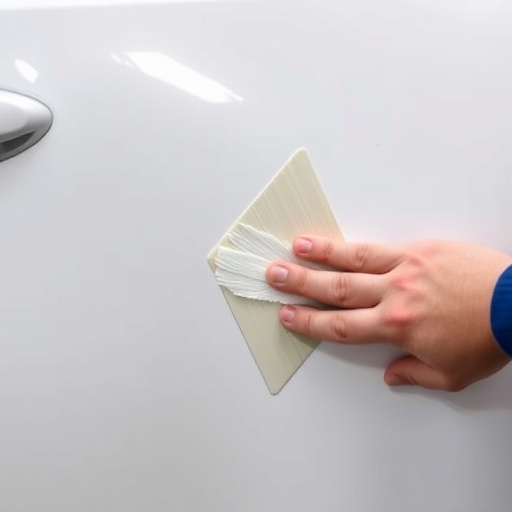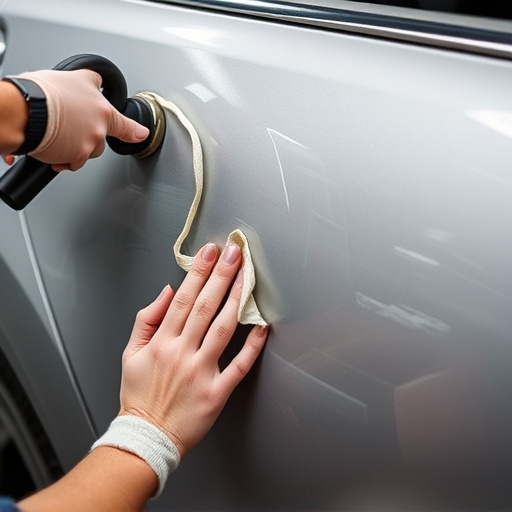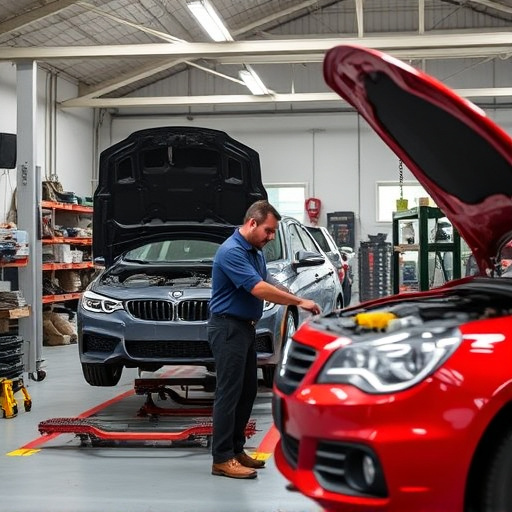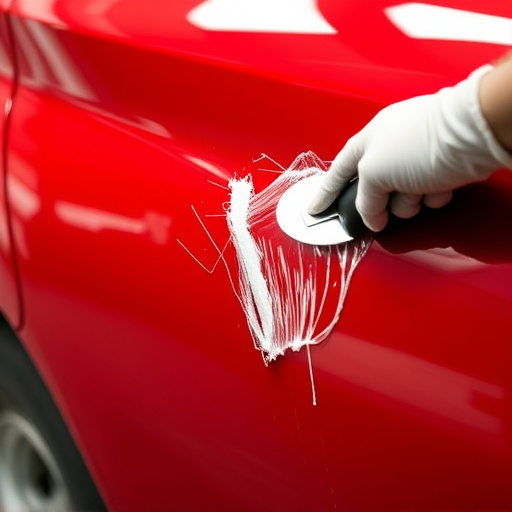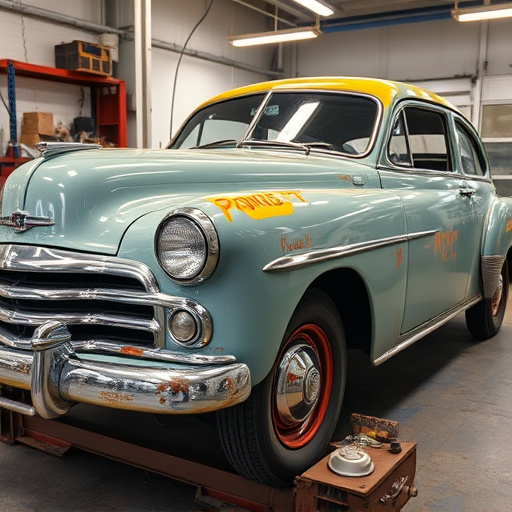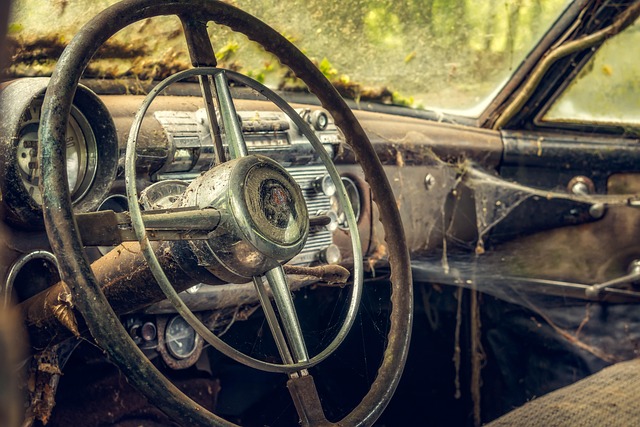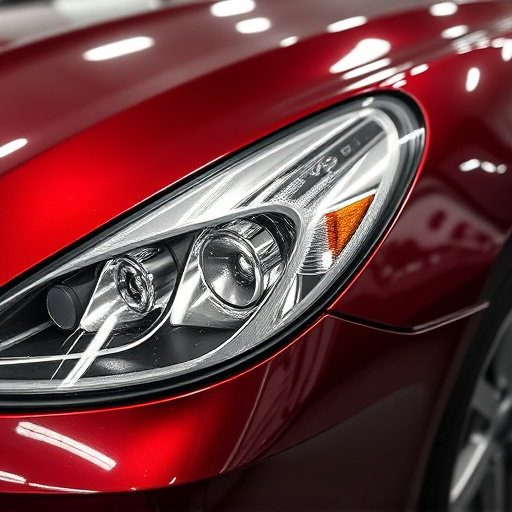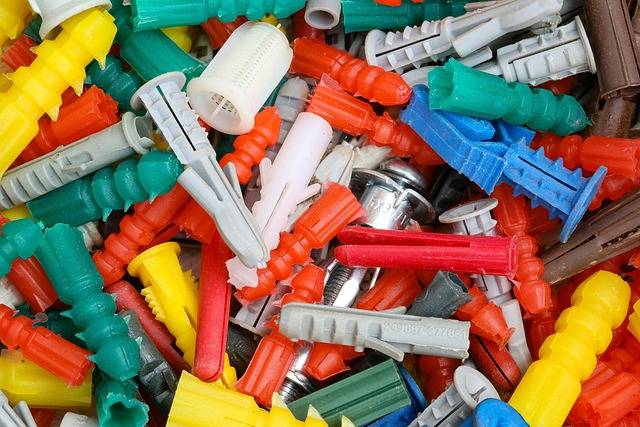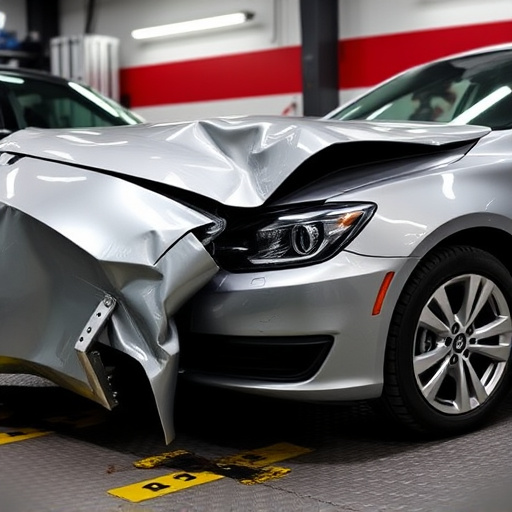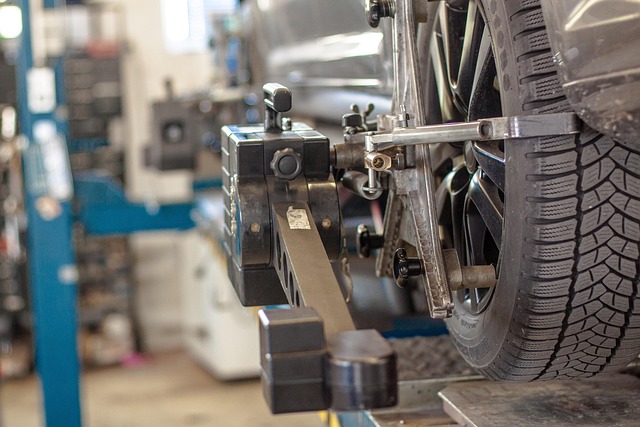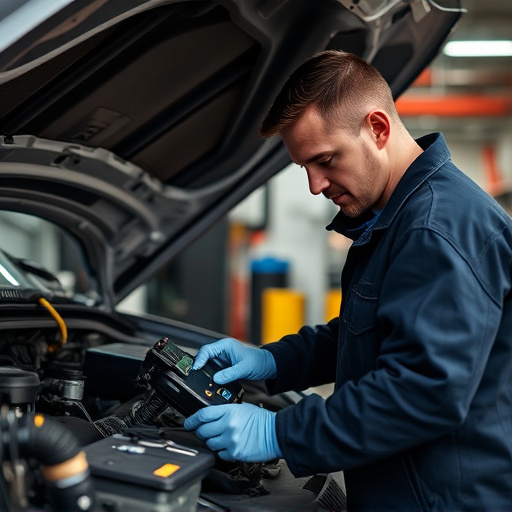PDR certification (Paintless Dent Repair) involves specialized training in car scratch repair and bodywork restoration, ensuring vehicles retain original finishes. Certification requires passing an exam testing principles, safety protocols, and practical application. U.S. states set varying standards for PDR certification, demanding specific levels of training and skills from auto professionals. Compliance is ensured through detailed checklists verifying accredited training, work experience, and proficiency in auto painting and bodywork techniques.
“Uncover the intricacies of PDR certification, a crucial step for professionals seeking to excel in their field. This comprehensive guide navigates the state-by-state requirements, offering a detailed look at the diverse landscape of PDR certification. From understanding the fundamental basics to ensuring compliance, we demystify every aspect. Whether you’re a seasoned expert or a novice, this article provides a thorough checklist and insights into the ever-evolving standards, empowering you with the knowledge to thrive in your region.”
- Understanding PDR Certification Basics
- State-by-State Requirements and Guidelines
- Ensuring Compliance: A Comprehensive Checklist
Understanding PDR Certification Basics
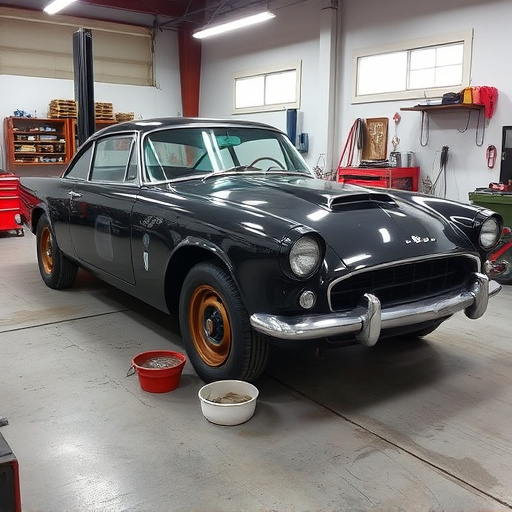
Understanding PDR Certification Basics
PDR certification, or Paintless Dent Repair certification, is a crucial step for professionals looking to specialize in car scratch repair and vehicle bodywork restoration. This specialized skill set involves repairing car damage without painting, preserving the original finish and enhancing the vehicle’s aesthetics. To become certified, individuals must complete comprehensive training programs that cover various techniques, tools, and best practices in PDR. These programs often include both theoretical knowledge and hands-on training to ensure technicians possess the necessary skills for effective car damage repair.
The certification process varies slightly by state or region, but it generally involves passing an exam that tests understanding of PDR principles, safety protocols, and practical application. Certified professionals are then equipped to offer high-quality services in car scratch repair and vehicle bodywork maintenance, ensuring a flawless restoration without the need for extensive repainting. This not only saves time and money for customers but also preserves the vehicle’s original value and appearance.
State-by-State Requirements and Guidelines
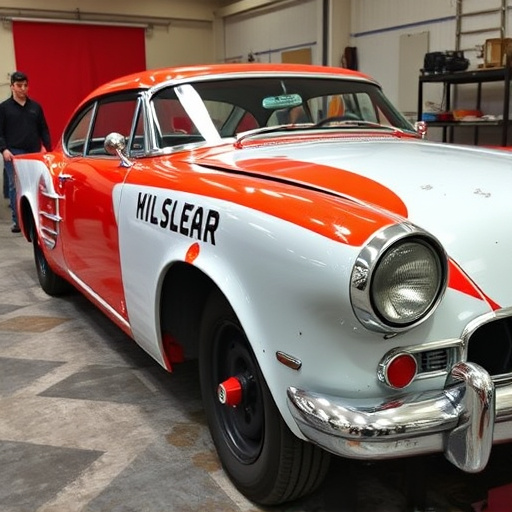
Each state or region has its unique set of requirements and guidelines when it comes to PDR certification for body shop services professionals. This means that those looking to offer auto glass repair or car scratch repair services must adhere to specific standards, which can vary widely from one location to another. For instance, while some states may only mandate a certain level of training, others might require additional certifications or even practical examinations.
Understanding these state-by-state requirements is crucial for ensuring compliance and maintaining high-quality service standards. The PDR certification process often involves specialized courses focused on techniques for repairing minor dents and scratches, as well as comprehensive knowledge of materials and tools used in auto body repair. Keeping up with these guidelines not only protects consumers but also enhances the reputation of certified professionals by demonstrating their expertise in offering top-notch body shop services, including auto glass repair and car scratch repair solutions.
Ensuring Compliance: A Comprehensive Checklist
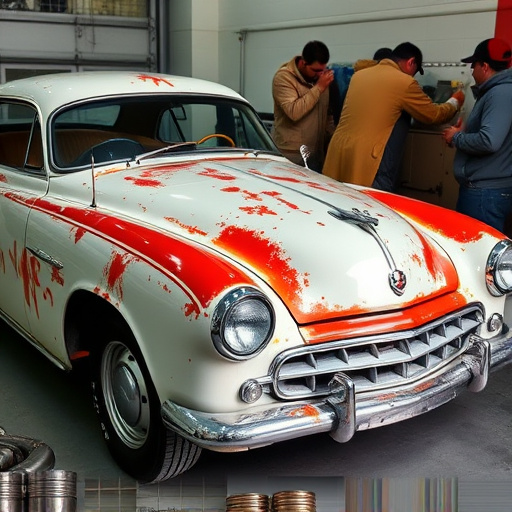
Ensuring compliance with PDR certification requirements is a meticulous process that demands attention to detail. Each state or region may have specific guidelines for car damage repair professionals, encompassing various aspects such as training, experience, and practical skills in auto painting and bodywork. To stay ahead of the curve, aspiring and current technicians should refer to comprehensive checklists tailored to their locales.
These checklists serve as a reliable tool for navigating the nuances of PDR certification. They typically include essential elements like verifying accredited training programs, documenting relevant work experience, and demonstrating proficiency in techniques specific to car bodywork and painting. By meticulously checking off each criterion, professionals ensure they meet all necessary standards, thereby enhancing their credibility and marketability within their respective regions.
In conclusion, navigating the world of PDR certification requires a deep understanding of both national standards and state-specific guidelines. By familiarizing yourself with the basics, studying state requirements, and utilizing comprehensive checklists for compliance, you can ensure your professional credibility and deliver exceptional patient care across various regions. Remember that staying informed about PDR certification is an ongoing process, as regulations may evolve over time, requiring continuous learning and adaptation.
